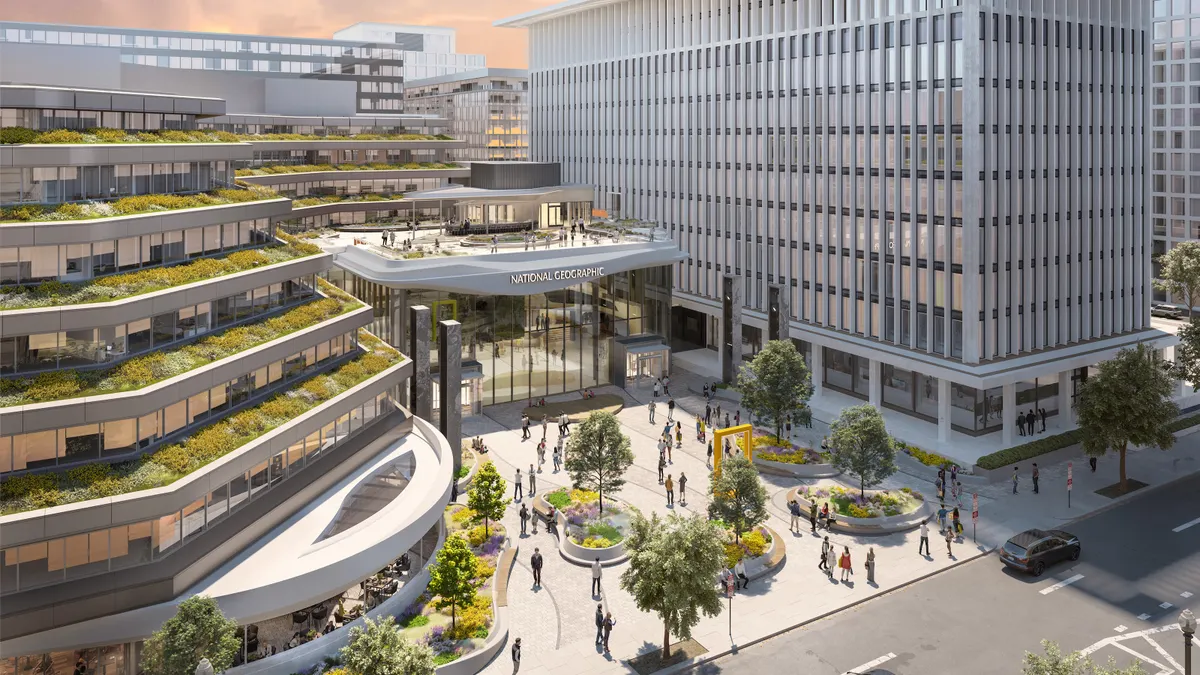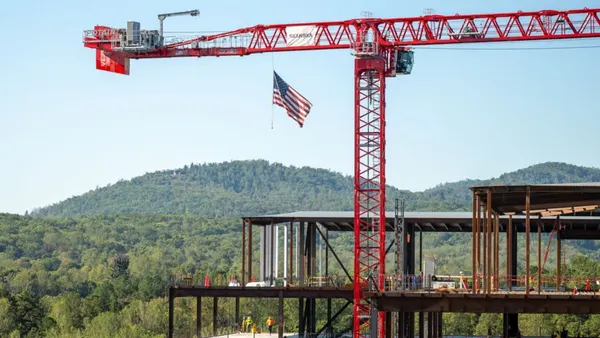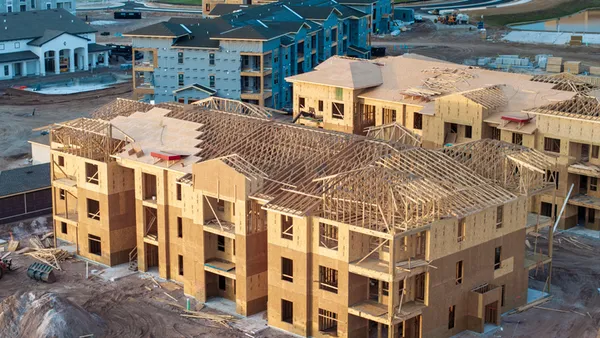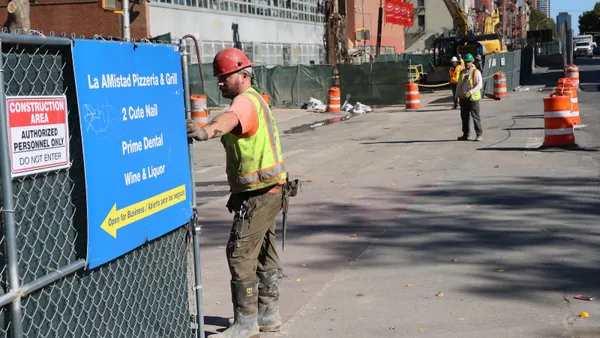Dive Brief:
- The backlog of nonresidential construction projects fell 4% to 8.3 months in the fourth quarter of 2016, retreating from a third-quarter gain, according to the latest Construction Backlog Indicator from the Associated Builders and Contractors. The number of projects in the industry pipeline year over year was still up 4.5%, or 0.4 months.
- Infrastructure backlog fell 4.2% to a 10.6-month backlog, while commercial-institutional fell 3.6% to eight months. Heavy industrial drove the overall decline in backlog with a 16.8% drop to 5.5 months, a low level not seen since early 2014.
- Backlog fell in all regions of the country, with the exception of the Northeast (+11.1% to 8.4 months), which benefited from foreign investment in commercial real estate, solid economies and tech industry growth in its major metros. The South took the biggest hit for the quarter (-10.4% to 9.6 months), followed by the Middle States (-6.9% to 7.6 months) and West (-6.9% to 6.2 months).
Dive Insight:
The lack of public construction spending is the biggest factor behind the decline in backlog, according to the ABC, which cited a spending decline of 10% for surface transportation between January 2016 and January 2017. Low energy prices contributed to the fall in heavy construction, leaving the commercial segment as the only one to maintain spending, mostly due to the office and hotel categories.
The CBI serves as a predictive report for future construction spending, and the fourth-quarter findings foretell a continued decline in public spending. Contractors are hopeful that President Donald Trump's $1 trillion infrastructure plan will come to fruition and provide a significant bump to the heavy construction and infrastructure segments of the public sector.
The backlog for companies with $100 million-plus revenue fell more than 21% to 10.8 months, the lowest level since the second quarter of 2015. Backlog for the smallest contractors (less than $30 million in revenue) remained almost flat as this category was boosted by subcontractor activity on private commercial projects.
The Dodge Momentum Index, another predictive report, saw nonresidential projects in the planning stages increase in February, the fifth-consecutive month of growth, driven by the institutional sector. Although commercial planning was down slightly, Dodge Data & Analytics reported that the Index was up 22% year over year.












